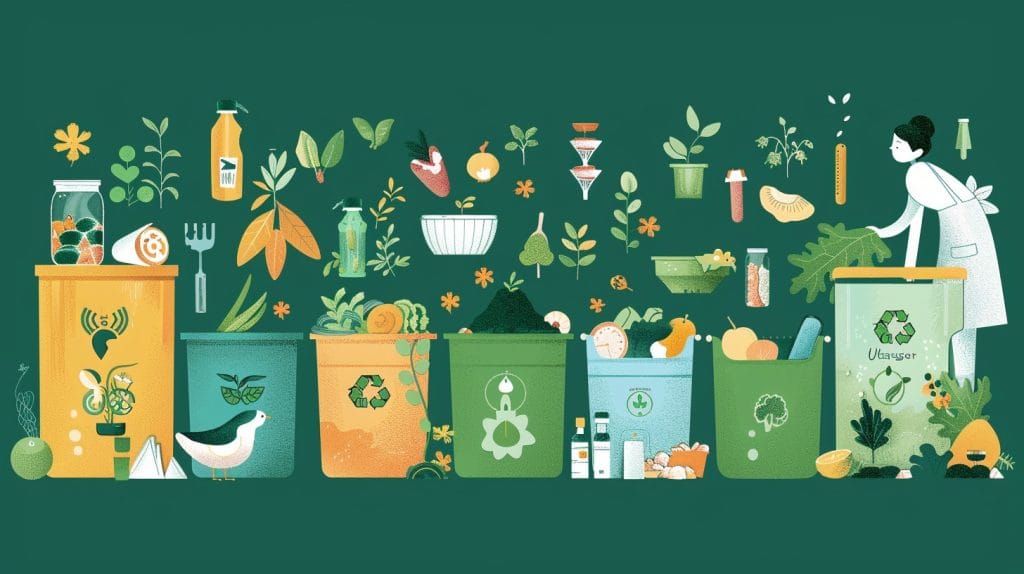Eco-Friendly sealants
In today’s world, where environmental conservation has become a priority for societies, the use of sustainable and eco-friendly products has gained significant importance. sealants, being one of the most widely used materials across various industries, can have detrimental effects on the environment. Conventional sealants often contain harmful and non-biodegradable chemicals that pollute soil and water. This article will introduce and analyze eco-friendly adhesives, their features, and the significance of using these types of sealants in reducing environmental damage.

1. Eco-Friendly sealants
Eco-friendly sealants refer to sealants that have minimal negative impacts on the environment during their production, use, and final disposal. These adhesives are designed to be made from renewable natural resources or biodegradable materials, avoiding toxic and persistent chemical compounds. The main features of these sealants include biodegradability, the absence of harmful substances such as organic solvents, and recyclability.
2. Features of Eco-Friendly sealants
- Biodegradability:
One of the most crucial features of eco-friendly sealants is their ability to biodegrade. These adhesives decompose quickly in nature without leaving toxic residues, returning to the natural cycle. The base compounds of these sealants are often derived from natural resources such as starch, casein (milk protein), and polysaccharides, which are rapidly decomposed by microorganisms in the environment. - Absence of Toxic Solvents:
Many traditional sealants use chemical solvents like toluene, benzene, and ethyl acetate, which not only pollute the environment but are also hazardous to human health. In contrast, eco-friendly sealants typically contain water or non-toxic solvents like ethanol, posing fewer risks to both the environment and human health. - Renewable Resources:
Eco-friendly sealants are made from renewable raw materials. These include natural polymers such as corn starch, plant gums, and animal proteins, all of which can be regenerated in nature, helping to reduce dependence on fossil resources. - Reduction of Greenhouse Gas Emissions:
The production of traditional sealants often involves petroleum products that lead to greenhouse gas emissions. In contrast, the production processes for eco-friendly adhesives are minimized, employing more sustainable technologies that result in lower greenhouse gas emissions. - Recyclability:
One of the notable features of eco-friendly adhesives is their recyclability. These sealants are designed to be compatible with existing recycling processes and can be reused when separated from other materials.

. Types of Eco-Friendly sealants
- Starch-Based sealants:
These sealants are made from plant starches like corn and potatoes. They have high biodegradability and are suitable for applications like biodegradable packaging and paper products. They are commonly used in the packaging and paper manufacturing industries. - Casein sealants:
Casein is a protein derived from milk and is considered a natural source for producing biodegradable sealants . Due to their water-resistance properties and high sealant strength, these adhesives are used in various industries, including paper and carton manufacturing. Casein adhesives have high biodegradability and easily decompose in the natural environment. - Gum-Based sealants:
These sealants are made from natural gums such as gum Arabic, guar, and xanthan. Plant gums are considered stable and renewable materials and find applications in the food industry, pharmaceuticals, and even handicrafts. These adhesives are fully biodegradable and leave no chemical pollution. - Polylactic Acid (PLA) Based sealants:
Polylactic acid is a biodegradable polymer produced from natural resources such as corn starch and sugarcane. These sealants are used in biodegradable packaging, medical supplies, and even agricultural products due to their appropriate sealant strength and high degradability.
4. Importance of Using Eco-Friendly sealants
- Reducing Environmental Pollution:
Traditional sealants often contain stable chemical substances that do not easily decompose and can leach into soil and water, harming plant and animal life. Eco-friendly adhesives, with their natural and biodegradable compositions, minimize these issues.
- Improving Human Health:
sealants containing toxic solvents can lead to respiratory issues, skin allergies, and even more severe diseases such as cancer. Using non-toxic and eco-friendly adhesives reduces these risks for consumers and workers. - Supporting Natural Resources:
Producing eco-friendly sealants from renewable resources helps decrease reliance on fossil resources and prevents further degradation of the environment. This supports biodiversity and helps protect natural resources. - Responding to Market Needs and Environmental Regulations:
With increasing public awareness and stricter regulations regarding sustainable products, industries are moving towards the use of eco-friendly materials. Adhesive manufacturers respond to this need by providing biodegradable and non-toxic products, thus maintaining their competitive edge in the market. - Reducing Waste and Increasing Recyclability:
Using eco-friendly adhesives makes final products easier to recycle and reduces problems associated with separating traditional and non-recyclable sealants.

Conclusion
Eco-friendly adhesives are an important step towards reducing environmental harm and supporting natural resources. As consumer awareness increases and environmental regulations evolve, these adhesives can become viable alternatives to traditional, harmful adhesives. With sustained research and development in this area, biodegradable adhesives with optimized performance and more competitive pricing are expected to become industry standards and contribute to environmental health.


